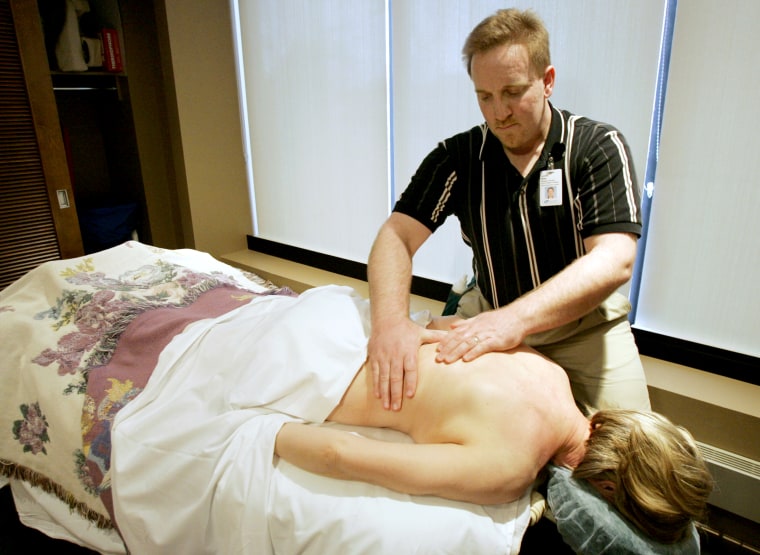Americans seem to believe in alternative medicine, shelling out more than $30 billion in 2012 alone for treatments ranging from acupuncture to homeopathy, federal researchers reported on Wednesday.
They found that 59 million Americans paid for some sort of alternative or complementary treatment in 2012 — an average of $500 per person. That’s even though there is little evidence some of these approaches work.

“Substantial numbers of Americans spent billions of dollars out of pocket on these approaches, an indication that users believe enough in the value of these approaches to pay for them,” the team at the National Center for Health Statistics reported.
“These expenditures, although a small fraction of total health care spending in the U.S., constitute a substantial part of out-of-pocket health care costs and are comparable to out-of-pocket costs for conventional physician services and prescription drug use.”
Related: Vaccine Expert Takes on Alternative Medicine Industry
The group defined complementary widely. It included comforting treatments such as massage therapy, as well as yoga and meditation. Studies have shown acupuncture can help in many ways, including with pregnancy-related nausea, and studies also support some types of meditation.
“Substantial numbers of Americans spent billions of dollars out of pocket on these approaches, an indication that users believe enough in the value of these approaches to pay for them."
Other popular treatments have little or no science to back them up, including homeopathy, naturopathy, guided imagery, energy healing and traditional healers.
But because the alternative medicine industry is so big, and because so many Americans place their faith in these approaches, the National Institutes of Health has set up a separate institute to study them: the National Center for Complementary and Integrative Health (NCCIH)
It’s found, for instance, that tai chi can be as useful for pain from arthritis of the knee as physical therapy is. But it’s found there is no basis at all to support homeopathy and says the basis of the approach is so questionable that it’s hard even to study it.
Related: Big Study Finds Most Alternative Therapies Are Bogus
People seem to like the personal touch, however, the NCHS team found. “More was spent on visits to complementary practitioners ($14.7 billion) than for purchases of natural product supplements ($12.8 billion) or self-care approaches ($2.7 billion),” they wrote.
And less-affluent people spend a higher proportion of their income on these treatments. “While the mean per user out-of-pocket expenditure for complementary health approaches was $435 for persons with family incomes less than $25,000, those with family incomes of $100,000 or more had mean per user expenditures of $590,” the team wrote.
“This underscores the importance of conducting rigorous research to know whether the products and practices being used are safe and effective,” said Dr. Josephine Briggs, director of the NCCIH.
